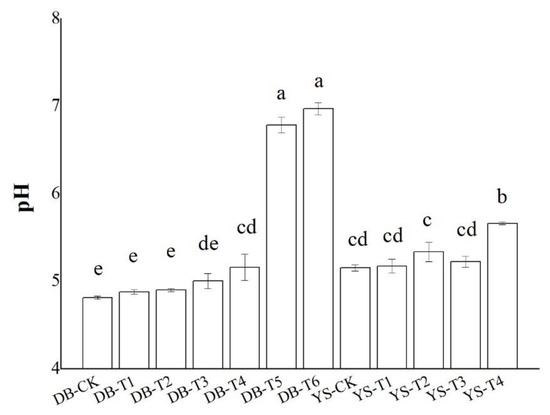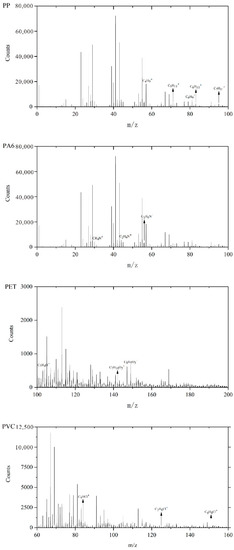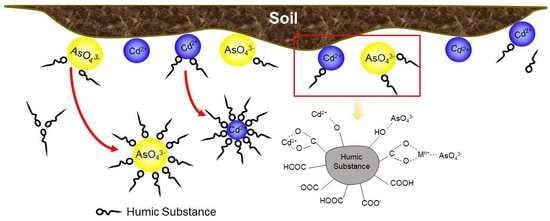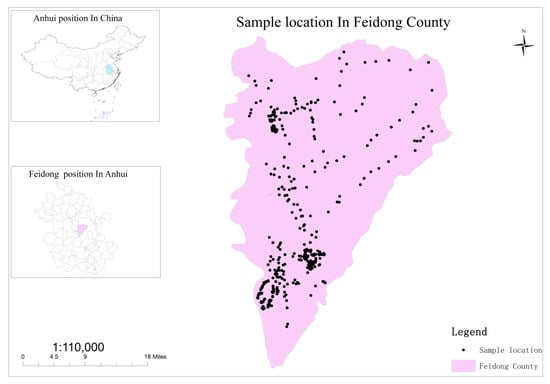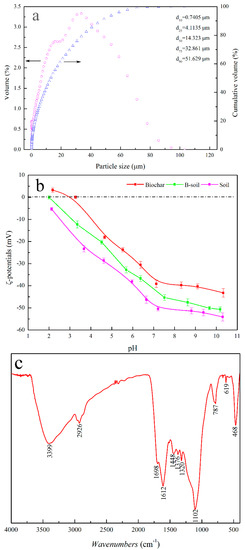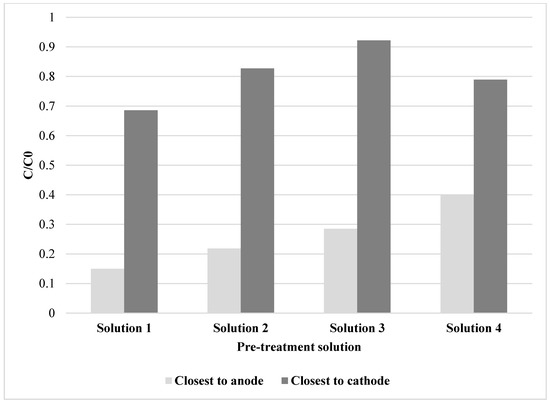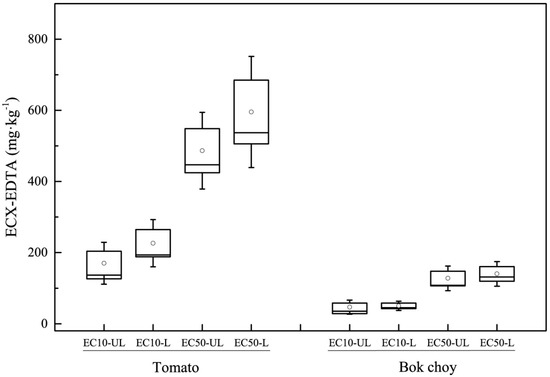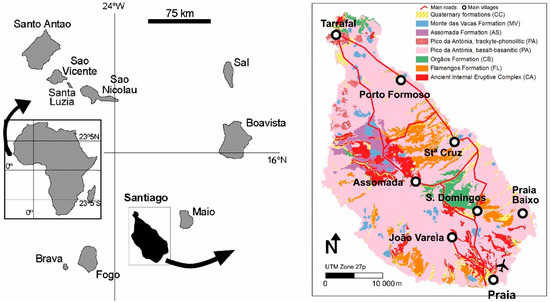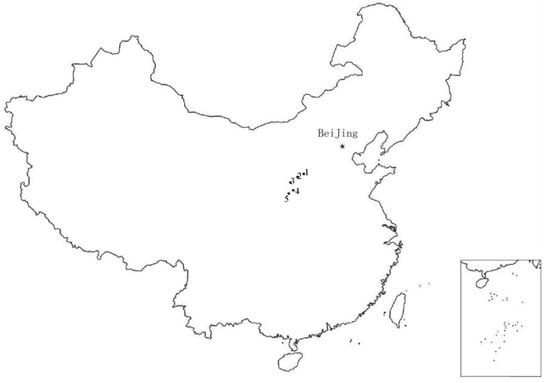Soil Pollution and Remediation (Closed)
A topical collection in International Journal of Environmental Research and Public Health (ISSN 1660-4601).
Viewed by 35058Editors
Interests: biochar; soil quality; soil enzymes; soil pollution
Special Issues, Collections and Topics in MDPI journals
Interests: biochar; growing media; soil pollution; soil remediation
Special Issues, Collections and Topics in MDPI journals
Interests: biochar; carbon materials; pyrolysis; hydrothermal carbonization; hydrometallurgy; urban mining; metal recycling
Special Issues, Collections and Topics in MDPI journals
Topical Collection Information
Dear Colleagues,
The International Journal of Environmental Research and Public Health welcomes submissions for a Topical Collection of the journal. This Topical Collection will focus on soil pollution and remediation.
Industrialized economies and developing countries are affected by soil pollution originated from mining, industrial activities, an improper disposal of waste and mechanized agriculture. Soil pollution could lead to an impact on crop productivity and human health. Investigating the sources, fate and occurrence of soil pollution and the risks posed to human health has been an important area of research.
There are multiple challenges associated with the remediation of polluted soil and new and innovative techniques have been used for this, including the use of soil amendments, thermal desorption, soil washing, electrokinetic remediation and bioremediation.
This Topical Collection welcomes articles on these and other themes relating to soil pollution and remediation.
Dr. Jorge Paz-Ferreiro
Dr. Gabriel Gascó Guerrero
Dr. Ana Maria Mendez
Collection Editors
Manuscript Submission Information
Manuscripts should be submitted online at www.mdpi.com by registering and logging in to this website. Once you are registered, click here to go to the submission form. Manuscripts can be submitted until the deadline. All submissions that pass pre-check are peer-reviewed. Accepted papers will be published continuously in the journal (as soon as accepted) and will be listed together on the collection website. Research articles, review articles as well as short communications are invited. For planned papers, a title and short abstract (about 100 words) can be sent to the Editorial Office for announcement on this website.
Submitted manuscripts should not have been published previously, nor be under consideration for publication elsewhere (except conference proceedings papers). All manuscripts are thoroughly refereed through a single-blind peer-review process. A guide for authors and other relevant information for submission of manuscripts is available on the Instructions for Authors page. International Journal of Environmental Research and Public Health is an international peer-reviewed open access monthly journal published by MDPI.
Please visit the Instructions for Authors page before submitting a manuscript. The Article Processing Charge (APC) for publication in this open access journal is 2500 CHF (Swiss Francs). Submitted papers should be well formatted and use good English. Authors may use MDPI's English editing service prior to publication or during author revisions.
Keywords
- Soil pollution
- Soil remediation
- Heavy metals
- Organic pollutants
- Risk assessment







